Demystifying the components of a professional restaurant review
Though primary tools of the trade, the palate and stomach are but two parts of a food critic’s anatomy. An accurate evaluation of an eatery requires a reviewer to utilize all of his or her senses, and a heaping spoonful of common sense.
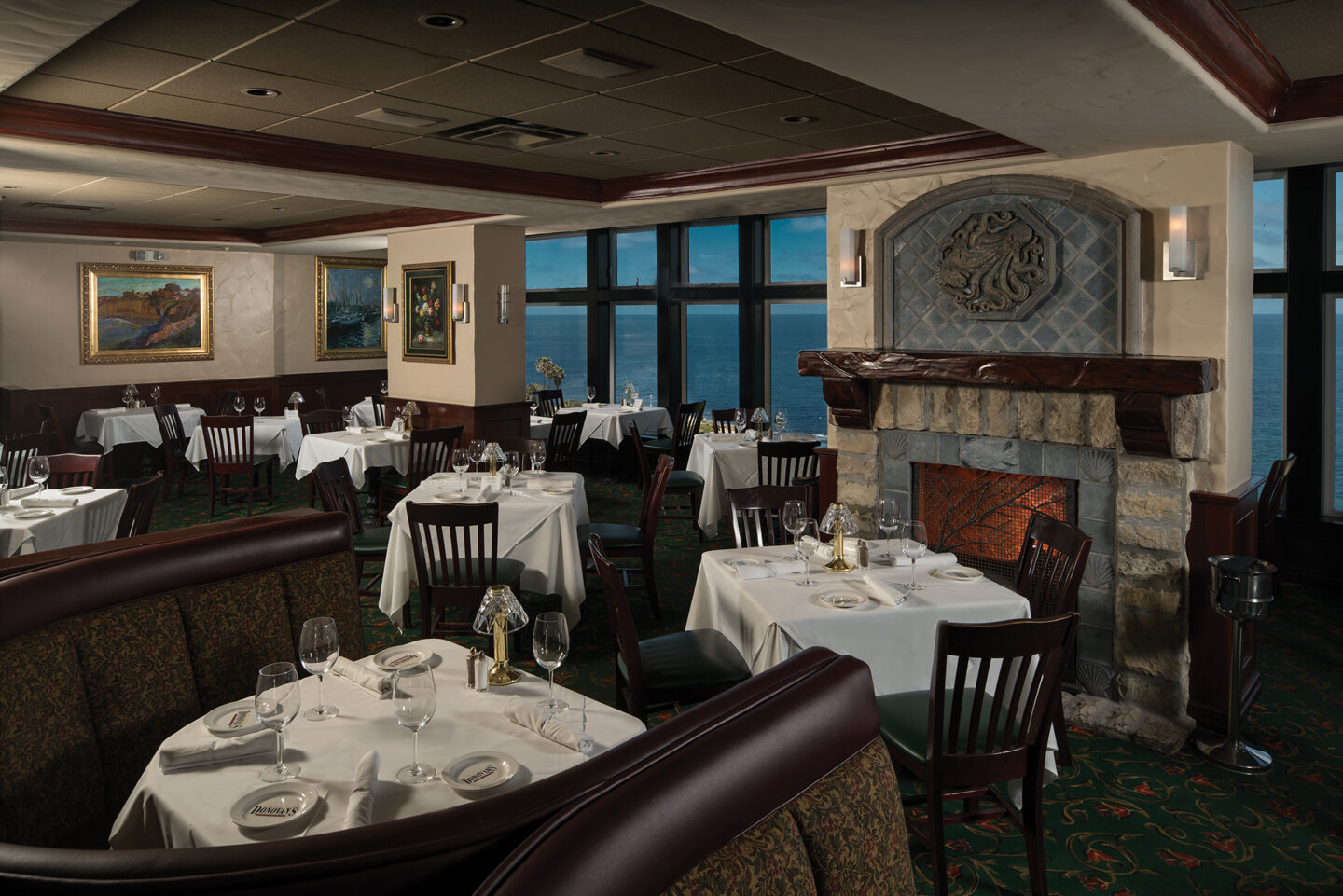
Though primary tools of the trade, the palate and stomach are but two parts of a food critic’s anatomy. An accurate evaluation of an eatery requires a reviewer to utilize all of his or her senses, and a heaping spoonful of common sense.
The appraisal begins long before any food is consumed, ahead of even stepping into an establishment. Reservations are a must. That process can be relatively simple or prolonged and painful. Customers should feel wanted and accommodated even at this early stage. It’s a sign of what can be expected, as is the reception at the valet or host stand. Such gateway staffers can set up or sabotage their wait-staff colleagues with the tone they set upon a guest’s arrival.
Any critic worth their salt is in search of an authentic experience and wants to be treated like everyone else. To that end, they pay as much if not more attention to the way other guests are being assisted. Are their servers being adequately attentive, checking on them, projecting a positive attitude even when problems arise, keeping their water glasses filled, demonstrating knowledge of the venue and its offerings? Is food being delivered in a timely manner (not to be confused with hurriedly rushed in an effort to turn tables)? Do guests appear to be enjoying themselves? The answers to these questions are of the utmost importance.
How important is décor? Every critic is different, but few can argue that aesthetics are more influential on a dining experience than food and beverage quality, service, and prices. There are rare exceptions, but were a venue to ace interior design but fall short in the aforementioned categories, it’s doubtful someone would return to marvel at chic furnishings and crackerjack carpentry. Unless it’s too dim to read or so bright it feels clinical, lighting isn’t as significant a factor. Cleanliness, however, is paramount, from waiting areas, dining rooms, and restrooms to plates, glasses, cutlery, and wait-staff attire.
Then, of course, there is the food. The menu is the window to a kitchen’s soul. Some are brief while others read like novellas. The contents of some are steeped in regional culinary traditions while others skew so avant-garde they defy layman’s terminology. The latter can be fun, but cutesy, vague terms that lead to too many questions for servers hinders efficiency for employees and, as a result, the experience for patrons. A menu should be informative above all else. That’s why it exists.
This extends to pricing. Never should someone have to ask how much something costs or be too embarrassed to ask and either not try something or receive post-meal sticker shock. That may communicate a misconception that pricier menus merit lower scores, but that’s not the case. A restaurant may charge whatever it wishes. What is more important is value-for-dollar. If customers are receiving sufficient food and beverage for their hard-earned money, any cost is justifiable.
High-end or down-home, when the food arrives, a number of factors are judged: flavor, texture, temperature, cookery, seasoning, freshness, precision, presentation, and more. Critics may obsess more than most, but we assess food much like anybody would. It can be made to seem complicated, but we all eat and it’s not rocket science.
Adequate parking, amenities, happy hour deals, wine and cocktail lists, local sourcing, open kitchens, tasting menus, and a host of other x-factors also come into play, but the bottom line is that everything must be taken into account with a clinical understanding of how things can and should be, which factors are of greatest importance, and a focus at all times on the most important thing of all: the guest.
Golden Forks
With these standards in mind, going forward, our dining reviews will include ratings in key categories. Restaurants will be awarded up to five “golden forks” in each area to better inform our readers. The following are the venues that earn top honors in those categories, as well as a few other bonus winners.

Golden Fork Leaders
Service Addison, 5200 Grand Del Mar Way, San Diego (Carmel Valley), 858.314.1900, addisondelmar.com
Timeliness Dumpling Inn & Shanghai Saloon, 4625 Convoy St., San Diego (Kearny Mesa), 858.268.9638, dumplinginn.com
Ambience Raised By Wolves, 4301 La Jolla Village Dr., Suite 2030, San Diego (University City), 619.629.0243, raisedxwolves.com
Culinary Innovation Juniper & Ivy, 2228 Kettner Blvd., San Diego (Little Italy), 619.269.9036, juniperandivy.com
Food Quality Market Restaurant + Bar, 3702 Via de la Valle, Del Mar, 858.523.0007, marketdelmar.com
Happy Hour Donovan’s Steak & Chop House, Downtown & La Jolla, donovanssteakhouse.com
Wine List Addison, 5200 Grand Del Mar Way, San Diego (Carmel Valley), 858.314.1900, addisondelmar.com
Cocktail Program Polite Provisions, 4696 30th St., San Diego (North Park), 619.269.4701, politeprovisions.com
Craft Beer Program Urge Gastropub & Common House (at North City), 255 Redel Rd., San Marcos, 760.798.8822, sm.urgegastropub.com
Value Phuong Trang, 4170 Convoy St., San Diego (Kearny Mesa), 858.565.6750, phuongtrangrestaurant.com
Additional Standouts
Traditional Cuisine El Jardín, 2885 Perry Rd., Point Loma (at Liberty Station), 619.795.2322, eljardinrestaurantbar.com
Menu Worldliness The Marine Room, 2000 Spindrift Dr., La Jolla, marineroom.com
Brunch Urban Solace, 3823 30th St., San Diego (North Park), 619.295.6464, urbansolace.net
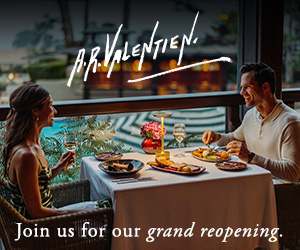
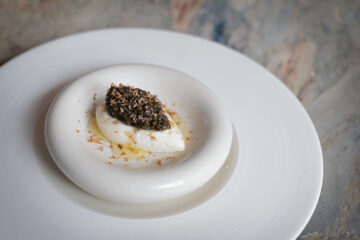
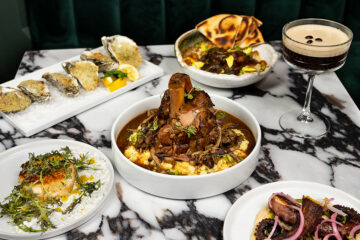
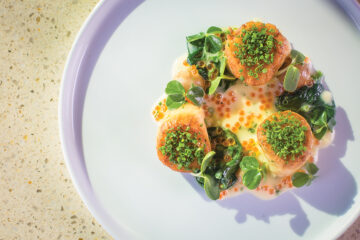
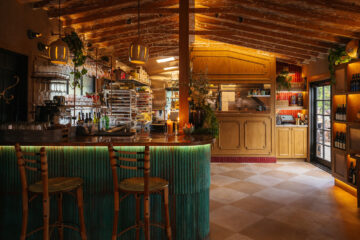
Comments